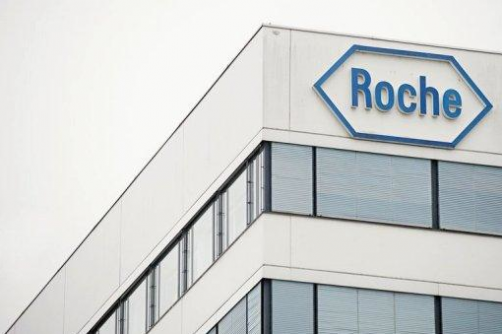With FDA generic nod, Roche's once-blockbuster Tamiflu faces its first copycat assault
It’s not the biggest generic debut of the year, and it’s far from the biggest copycat threat to Roche’s lineup. But when the first Tamiflu copy won FDA approval Thursday, it still put a big chunk of brand sales at risk--and it’s another sign of the Swiss drugmaker’s evolution.
U.S. regulators gave the final green light to Tamiflu copies from India’s Natco Pharma and U.S. partner Alvogen. The generic versions of Roche’s ($RHHBY) once-blockbuster flu fighter will launch under a patent settlement with Roche, and they’ll have at least 6 months before facing rival copycat versions.
For the generics makers, that’s big news: Natco’s shares were up 7% in India Thursday. For Roche, it means that Tamiflu’s sales haul--410 million Swiss francs for the first half of 2016--is likely to decline significantly in the second half. Last year, amid a mild flu season, the drug’s sales slid 28% to 705 million Swiss francs, down from almost 1 billion francs the previous year.
That’s just a small fraction of Roche’s 2015 sales, which topped 37 billion francs, and a small chunk of change compared with the company’s reliable cash cows Rituxan (5.64 billion) and Herceptin (6.53 billion). But it represented more than one-third of Roche’s infectious disease sales, and Tamiflu’s generics demise makes one fewer small-molecule brand in Roche’s on-patent stable. The company is restructuring its small molecule manufacturing right now, because its future is clearly dependent on more biologic blockbusters a la Avastin and Herceptin.
Roche is accustomed to big swings for Tamiflu: The drug’s sales have varied by flu season, with severe outbreaks obviously delivering more sales, and government buyers sometimes gave sales a big boost.
Stockpiling during the Asian flu pandemic propelled Tamiflu to 3.1 billion Swiss francs in 2009, then, after the pandemic passed, 2010 sales amounted to less than 900 million. As stockpiling waned, Tamiflu’s fortunes did, too. Efficacy questions posed by the Cochrane Group may have cut into stockpiling for future pandemics, too. In any case, sales went from 873 million francs in 2010 to 359 million in 2011 and then back up to 959 million by 2014, only to slide to 705 million last year.
Of course, with Roche facing biosimilars to Rituxan and Herceptin in the U.S. by 2019--earlier in other markets--the Swiss drugmaker needs revenue from all comers. It’s hoping a new wave of breast cancer drugs, Perjeta and Kadcyla, can pick up where Herceptin leaves off, and has high hopes for its brand-new immunotherapy Tecentriq. A hotly anticipated multiple sclerosis drug, ocrelizumab, is set for FDA approval later this year.
Roche isn’t giving up on flu, though. The company signed a deal earlier this year to collaborate with Japan’s Shionogi on its endonuclease inhibitor, S-033188. The one-dose flu-fighter is fast-tracked in Japan and could hit the U.S. market in 2018.
إبراهيم زكاغ
مدون وأحب القراءة وكل جديد التكنولوجيا والإنترنت . إنشاء فولفولي جاء من الرغبة في مشاركة تجربتي المتواضعة ولأكون مساهما ولو بالقليل في محتوى الإنترنت.















0 commentaires:
Enregistrer un commentaire